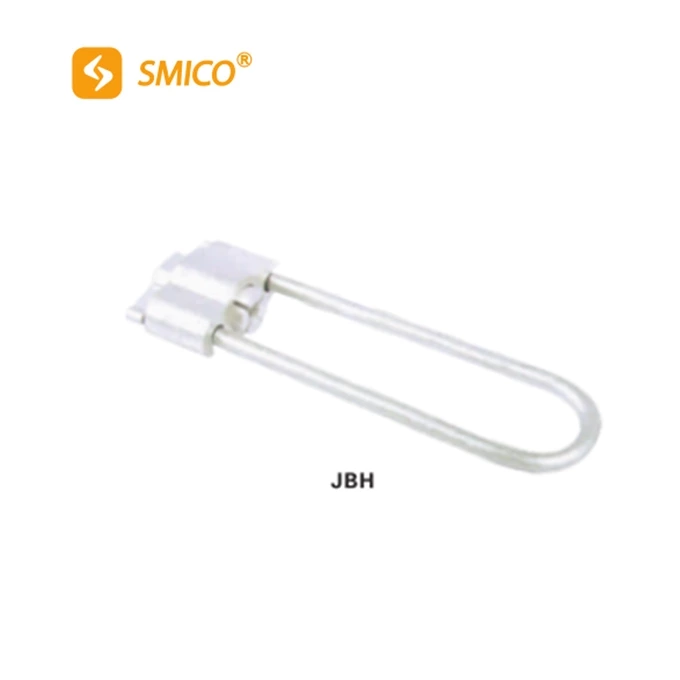Knowledge About Tension Clamps For Power Fittings
Line power hardware tension clamps are mainly used to fix the conductor or ground wire on the tension insulator string of the non-suspension tower, which plays an anchoring role. They can also be used to fix the wire of the wire tower.
According to the installation conditions, it can be divided into two categories.
Hardware powerfitting to withstand the full tension of the conductor (ground wire, pull wire), the clamp gripping force should not be less than 90% of the rated breaking force of the installed conductor (ground wire), but it does not act as a conductor. This type of clamp can be removed after the conductor is installed and used separately. Including bolt-type tension clamps and wedge-type tension clamps.
The second type of tension clamp not only bears the full tension of the conductor (ground wire), but also acts as a conductor. Once this type of clamp is installed, it can never be disassembled again, so it is also called a dead wire clamp. Since it is a conductor, the installation of the wire clamp must strictly follow the relevant installation operation procedures
According to the national standard "General Technical Conditions for Power Fittings" (GB2314-2008)
Fittings that bear electrical loads, whether they bear tension or not, should not reduce the conductivity of the wire.
Fittings that are required to bear electrical load performance should meet the following regulations:
The resistance between the two ends of the wire connection, for compression fittings, should not be greater than the resistance of the wire of the same length; for non-compression fittings, it should not be greater than 1.1 times the resistance of the wire of the same length. The temperature rise at the wire connection should not be greater than 1.1 times the connected wire. The current carrying capacity of all fittings that bear electrical loads should not be less than the current carrying capacity of the installed wire.
The conductive contact surface of the fittings should be coated with conductive grease, and for compression fittings, conductive grease to prevent oxidation corrosion should be used to fill the gaps inside the fittings.
According to the power industry standard "Strain Clamp" (DL/T757-2001)
Strain clamps should avoid or reduce stress concentration to prevent excessive metal cold deformation of conductors and ground wires.
The strength of the non-compression part of the compression type tension clamp steel anchor should not be less than 105% of the calculated breaking force of the conductor and ground wire, or meet the requirements of the buyer.
The compression type tension clamp should mark the compression position and compression direction on the outer surface of the pipe.

